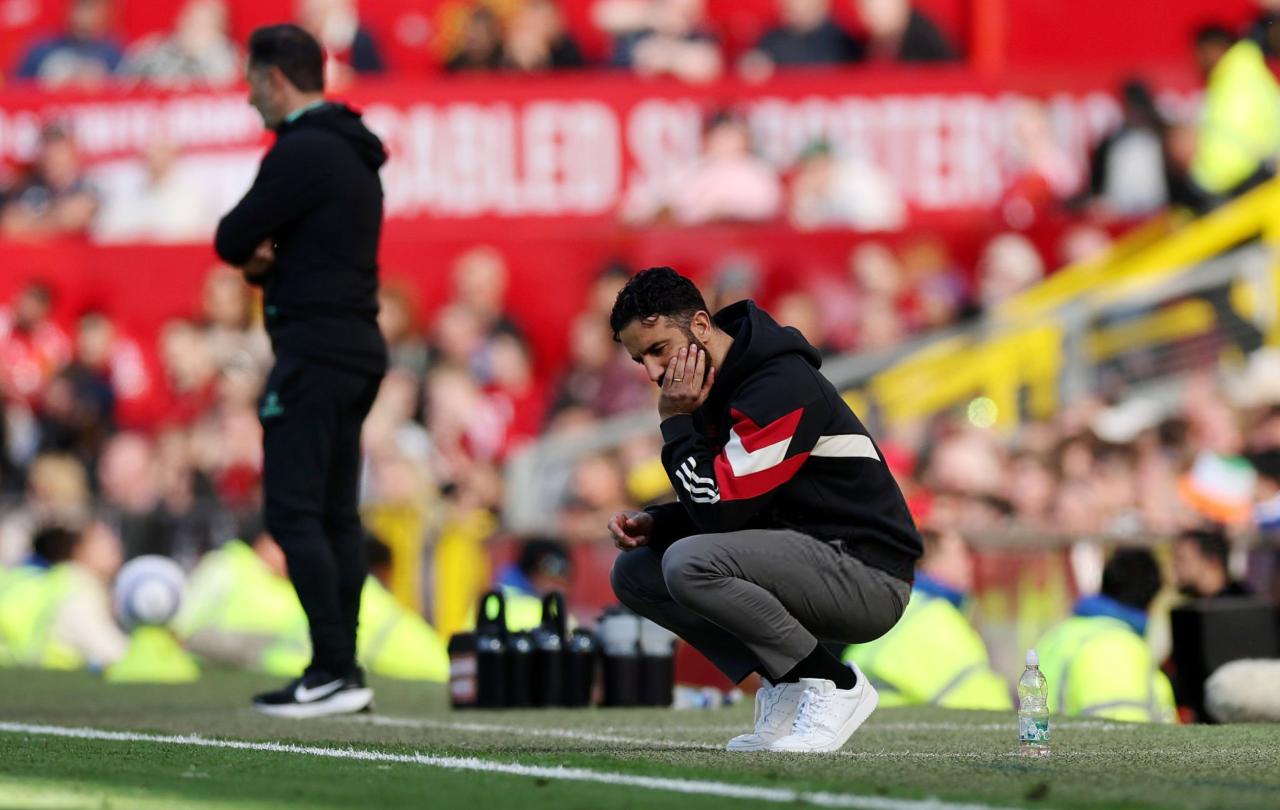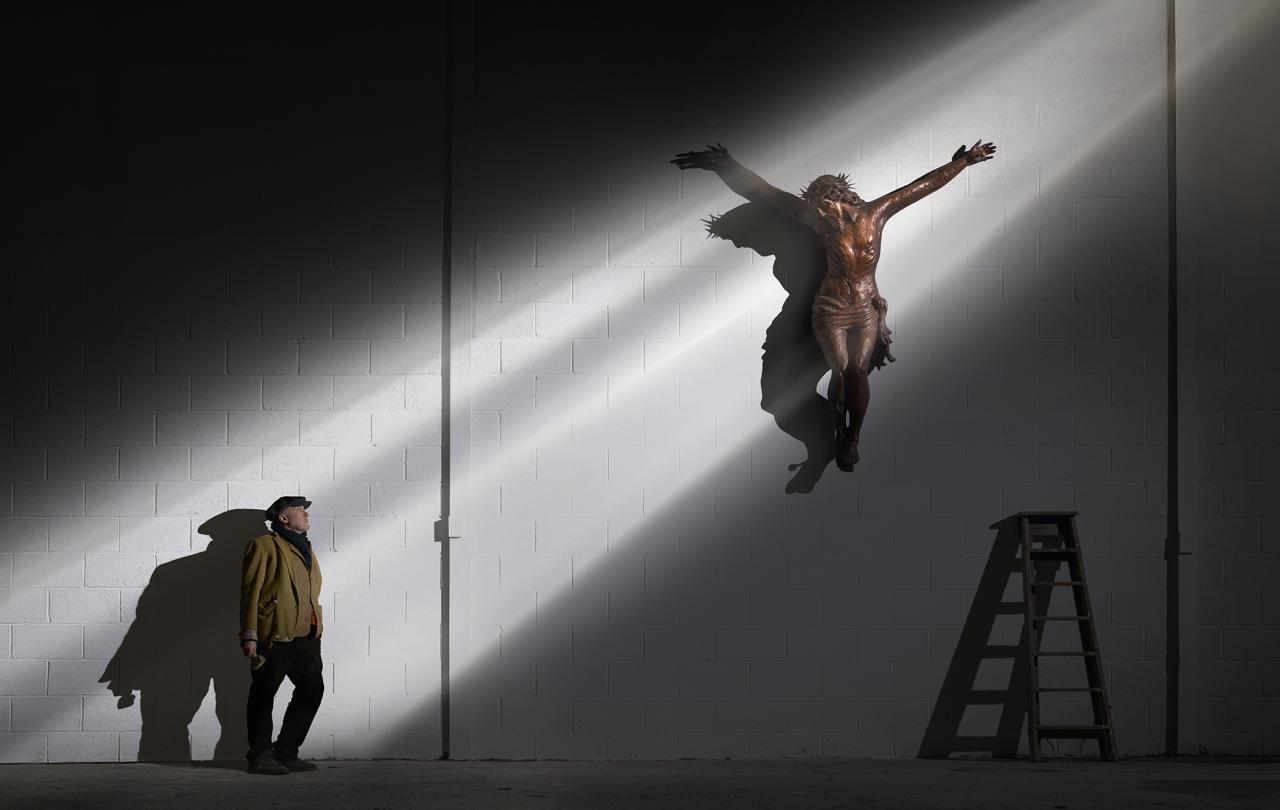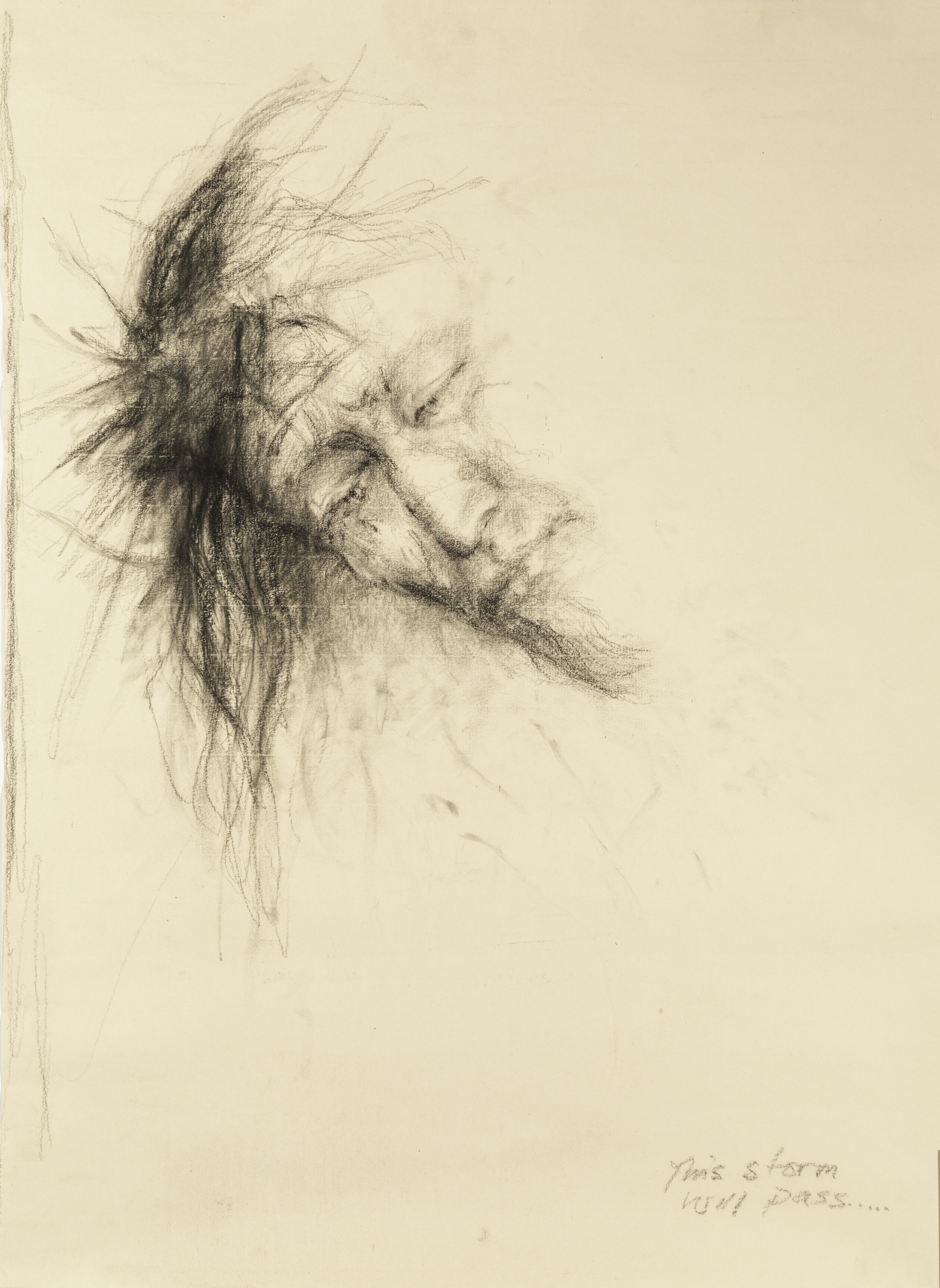
Most football clubs don’t win Premier League titles, FA Cup finals, Champions League trophies.
Most football players don’t pick up winners' medals at the highest level.
Many of us don’t achieve fame, status, “winners” headlines. No medals or trophies on our mantlepiece, no rousing applause or open-top bus parades.
So, are we losers, are we the defeated, should we be envious of the winners? Or do we try and ignore all this talk about winning and remain indifferent to all this hype about football, medals, fame, applause?
Here are some attempts at comfort, at a better perspective, at some hope for us all, whether out club wins titles or not, whether a player picks up medals or not, and whether all of us are recognised, famous or not.
Winning is not just about titles and trophies. If your club has the resources and the team to win a title and a trophy, at whatever level, professional or amateur, that is great and definitely to be celebrated.
But if you support a club with a limited budget and which has performed brilliantly well and beyond expectations has stayed in its division and brought pleasure to many then that is a win.
If your club, thanks to great efforts by a few or many, has remained solvent and has an outstanding community section that makes a difference, that is a win.
If your club has excellent supporter involvement and a pricing system that is fair, inclusive and creates good relationships across the club and the community that is a win.
If your team is clearly improving, if the attitude is spot on, if the behaviour on and off the pitch is sound, if every player and coach and staff member gives their very best as well as looking to improve that is a win.
The word “winning” needs a fairer, more encouraging, truer definition.
Are we the defeated, the losers, the envious? Of course not.
They say that professional football players have two lives: the first is their playing career, and then the second is their life after their playing days. To win in life is to win in both lives.
That will mean giving of their best as players with a passion to learn, to improve, to be a good teammate. It means being a good role model on and off the pitch. Then in life number two to give of your best there too to make our world a better, fairer, more loving, more beautiful place.
And there will be lessons from the time as a player to take into life number two: the values of teamwork, discipline, training, courage, and of course coping with the disappointment of not maybe winning titles and realising there is more to life than simply titles. Player, manager and World Cup winner with Argentina in 1978 Ossie Ardlies reflected back on his football career and said:
“Everyone is a winner who gives their best.”
And for all of us applause, status, fame are unreliable goals. A few achieve that, some deservedly, some maybe less so. Most don’t hit the headlines. Are we the defeated, the losers, the envious? Of course not.
So, are we indifferent to such issues as winning, success, applause, accolades? Roy Castle wrote a forward to a slim volume of essays celebrating Christians who had worked and served in their communities away from the limelight, and he mentioned that as a performer he appreciates the applause he gets. “These people”, he wrote, “have worked away without applause, But there is always one person in the audience. His applause comes later.” That’s the greatest win.
Celebrate our 2nd birthday!
Since Spring 2023, our readers have enjoyed over 1,000 articles. All for free.
This is made possible through the generosity of our amazing community of supporters.
If you enjoy Seen & Unseen, would you consider making a gift towards our work?
Do so by joining Behind The Seen. Alongside other benefits, you’ll receive an extra fortnightly email from me sharing my reading and reflections on the ideas that are shaping our times.
Graham Tomlin
Editor-in-Chief








